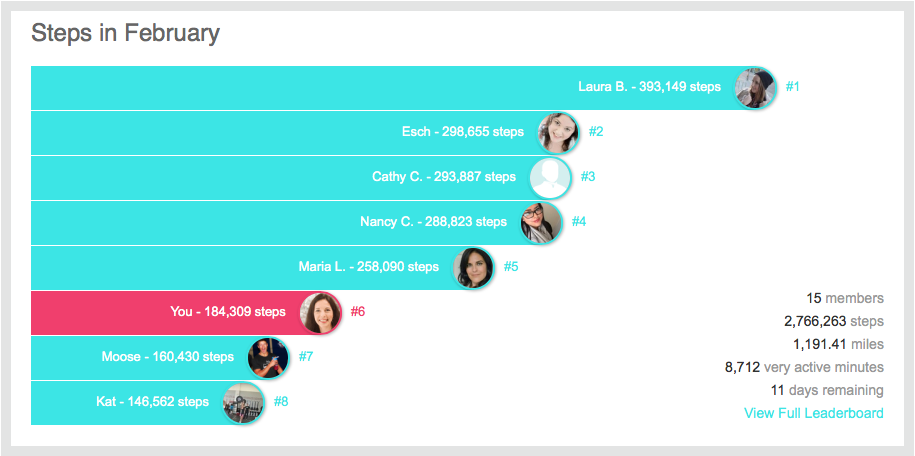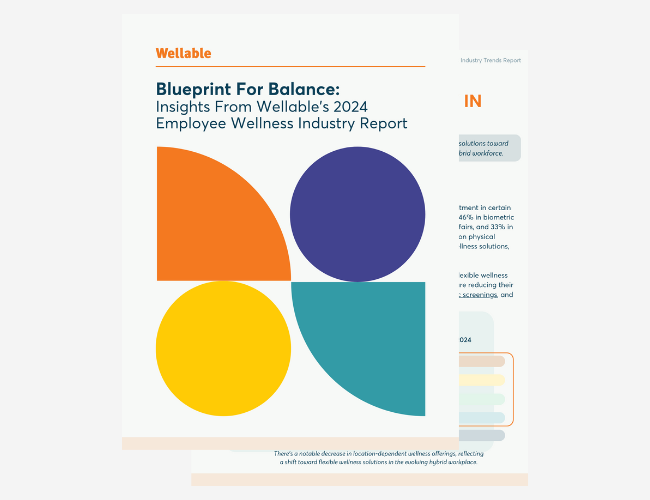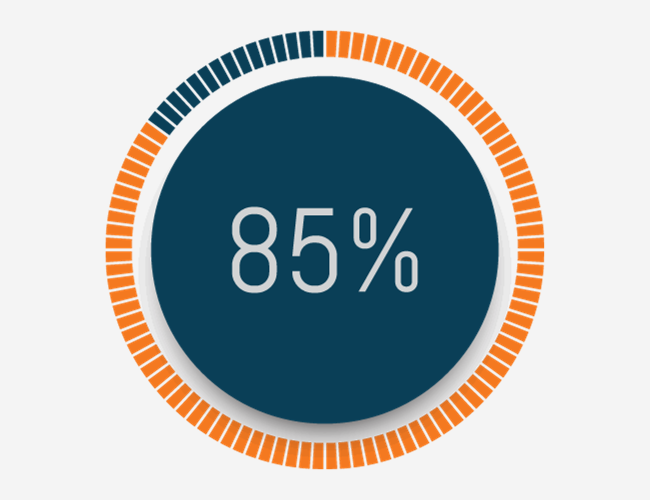There is no shortage of studies assessing the ability of fitness trackers to promote physical activity, weight loss, disease management, and more. Fitbit even created a research library just to manage and promote the hundreds of studies utilizing its technology. Despite the increasing volume of research, there has been very little analysis about how communication surrounding such devices may contribute to their success. Through interviews with 25 fitness tracker users, a recent study explores how and with whom people communicate fitness tracker messages and ventures to explain the effects of sociomaterial practice on interactions between wearable fitness device users.
Participants in the study communicated data from their fitness tracker through face-to-face communications, traditional technologies (text messaging, photo sharing, etc.), and social media. The participants described, through interviews, the effects of the communication of their fitness tracker information, which are outline below.
Fitness Messages
The social interaction of sharing fitness results with acquaintances and strangers allowed for continued discussion on healthy behaviors. The results of these interactions varied from user to user, but the common theme is that it added fuel, relevance, and importance to the physical activity that supported the one-way feedback the activity tracker alone could provide.
Interactions Between Fitness Tracker Users
Participants discussed how the social features built into fitness tracker apps helped them compete with peers, meet their goals, and stay motivated. Most fitness tracker apps have leaderboards that allow users to compete in step challenges, which prompted them to keep pace with others, as well as goal setting that provides updates throughout the day about how someone is tracking toward their goal. Combined with push notifications and easy access to app information, leaderboards and goal setting helped the users stay motivated. This information could also be communicated to non-users to enhance adherence and achievement.

The results of the study highlight two important characteristics of fitness trackers that many people ignore when assessing their value. First, they encourage users to share their information by allowing them to use their data as a vehicle to communicate about their physical activity. Second, fitness trackers communicate information back to the users in the form of leaderboards, progress towards goals, calories burned, etc. to help them stay motivated. The impacts of communication on the efficacy of fitness trackers should be represented, to some extent, in many of the other studies available to the public, but this study focused on communication as an engagement tool. Kudos to the authors. The study certainly has limitations, including the sample size, that are outlined in the document so follow up research is certainly needed.












